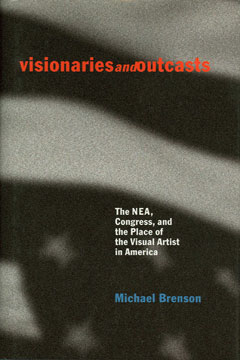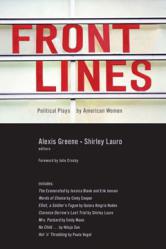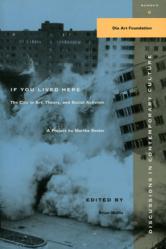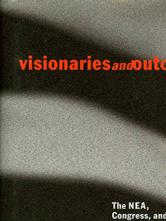Visionaries and Outcasts
A former New York Times art critic’s argument for a radical new perspective on government funding for visual artists
Visionaries and Outcasts documents and analyzes, from hopeful creation to bitter end, the most ambitious experiment in artistic funding in American history. Through the creation of the National Endowment for the Arts in 1965, this country provided financial support for visual artists without exerting the stringent controls that patronage in the past required. That all ended thirty years later, as the NEA’s funding for individual artists was eliminated while the agency was at the center of a political, cultural, and moral firestorm. Michael Brenson chronicles the “NEA years” with interviews from dozens of artists and scholars with firsthand knowledge of the NEA’s lightning-rod individual fellowship program.
Brenson, the former New York Times art critic, vividly captures the eloquent verve with which Congress supported the public funding of artists in 1965 and contrasts that with the political climate in 1995, when fellowships to individual artists were ended and nary a person of political or cultural power came to the artists’ defense. This examination of one of the most controversial government programs of our time is essential to the discussion of the place of the artist in America.






